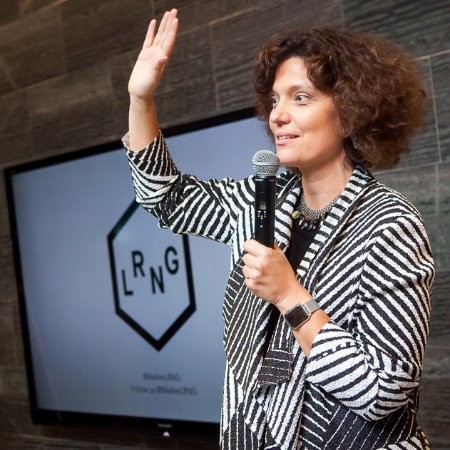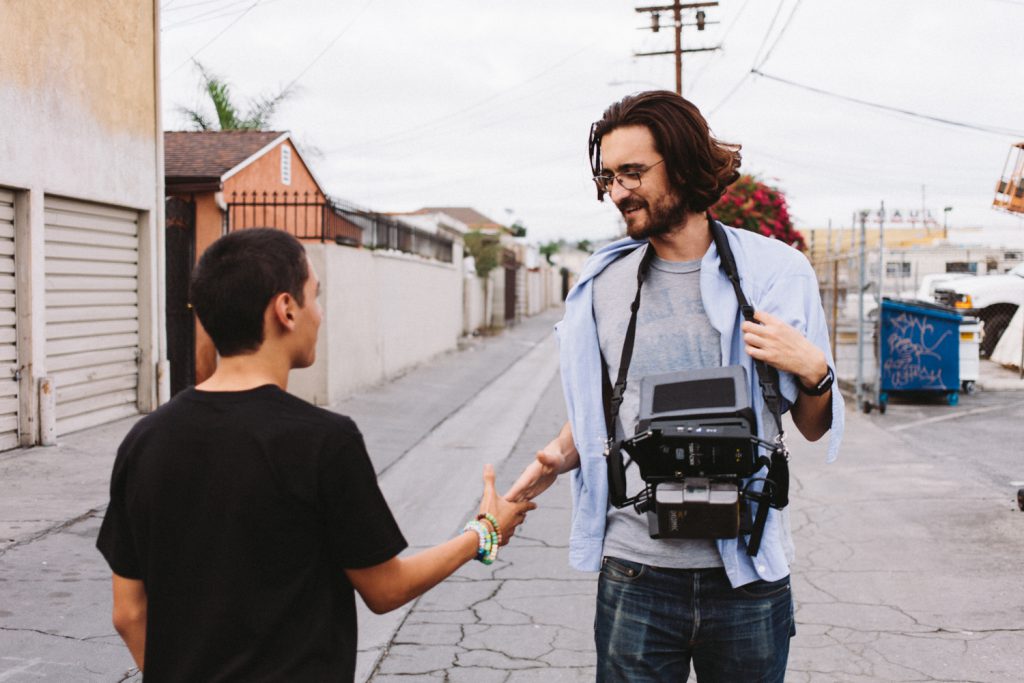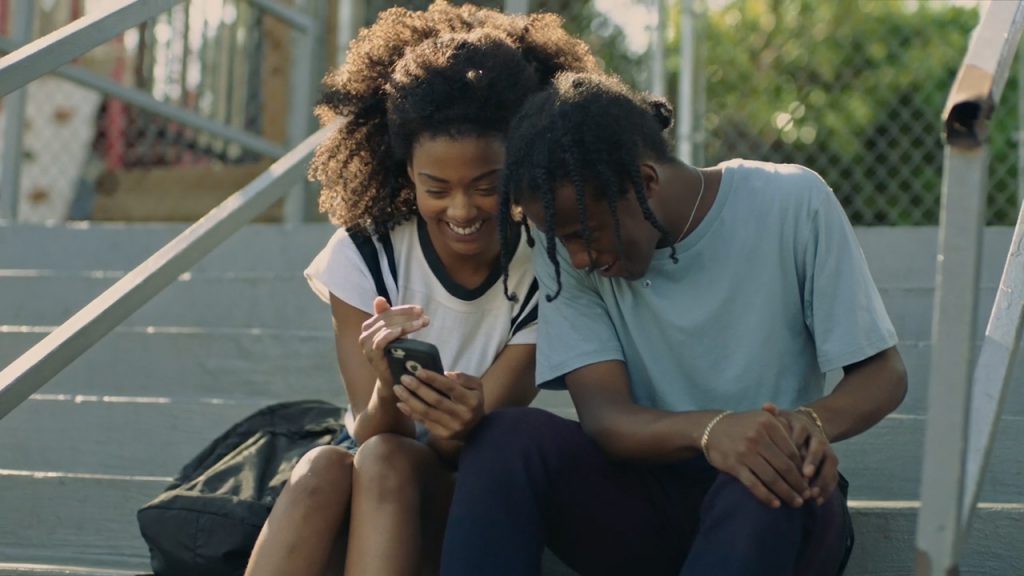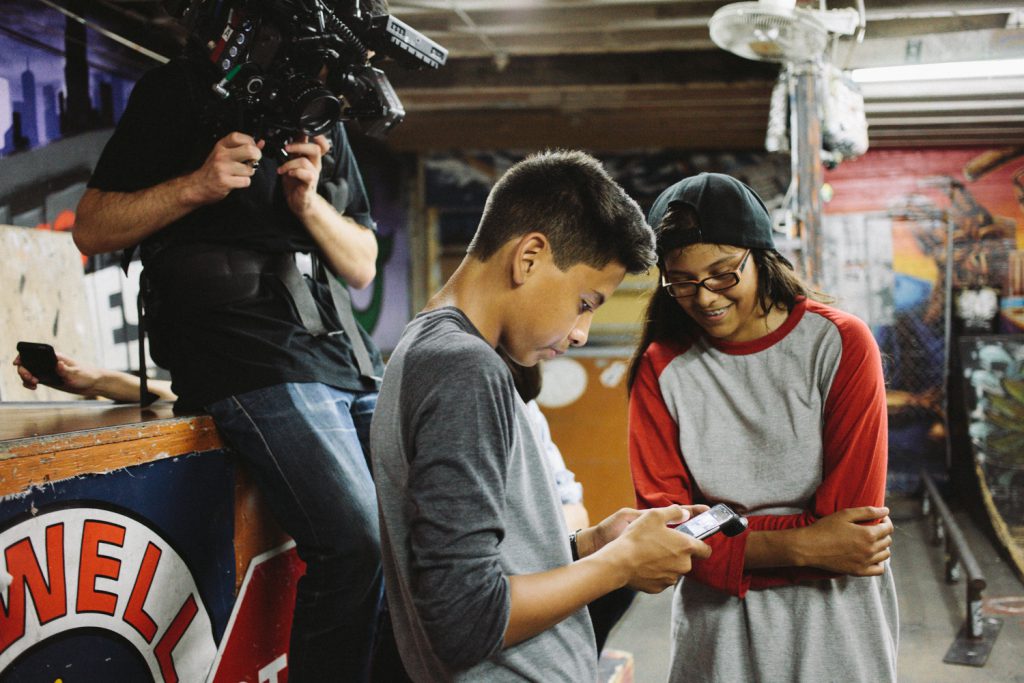What?
Communities as ecosystems that provide learning pathways and opportunities designed for youth to help prepare them for the workforce.
Who?
Connie Yowell, CEO of LRNG and SVP of Southern New Hampshire University.
Where?
16 cities, USA.
The pioneer
Connie Yowell has been CEO of LRNG since its establishment over three years ago and is now also the SVP of Southern New Hampshire University.
Connie is former Director of Education for the MacArthur Foundation where she oversaw a $150 million programme on Digital Media and Learning.

“We spend a lot of time in education designing for the institution of school or designing for the historic notion of what a teacher is. As long as we keep doing that we continue to rectify the status quo. The only way we’re going to get a new vision for the institution and a new vision of what support looks like, is to start with the learner.”
The Big Change
Since its launch in 2015, LRNG has been implemented in 14 US cities and works with more than 30 major partners and supporters, all of which provide experiences and opportunities to young people.
Most recently LRNG merged with Southern New Hampshire University to deploy innovative, community-based education strategies in cities across the nation.
LRNG works with cities, organisations and schools to connect learning experiences to career opportunities, ensuring all young people, especially those from underserved communities, have inspiration and guidance to prepare them for life and work in the modern economy.
The LRNG platform enables young people to discover both local and national learning experiences using their computer, smartphone or tablet. Young people pursue their interests with mentors and peers to earn badges and build new skills and habits which unlock internships and jobs.
The ambition for changes
The big vision for LRNG is: to redesign learning for the 21st century so that all youth have an opportunity to succeed.
This is being achieved by a transformation of the way that young people access and experience learning, and the paths they take to success.
A shift in direction
LRNG has been built on more than $200 million in research, design experiments and implementation to understand how young people learn with digital media and what the implications are for how learning is designed and supported.
LRNG received seed funding to create an ecosystem of learning that combines in-school, out-of-school, work-based and online learning opportunities that are visible and accessible to all. Through an innovative digital platform, young people earn accredited digital badges that unlock opportunities like micro-scholarships, internships and job opportunities.

Making change happen
1: The start point
Casting the net outside of education for inspiration and ideas
“Talking to a games designer helped shift my thinking from syllabus, curriculum and courses to thinking much more dynamically about how to create and design self-directed learning that is direct to the user. When building games, users have to overcome obstacles to problems which unlocks new opportunities in order for them to progress.”
LRNG reflected the game designer’s approach in the design and infrastructure of the platform. Every time a young person completes a playlist, they receive a digital badge that marks their skill and knowledge. These badges can unlock real world opportunities that include academic credit, internships and jobs.
Securing political backing
Once it had started to build its infrastructure, Mayors Rahm Emanuel in Chicago and Eric Garcetti in Los Angeles approached Connie and LRNG with the ambition to badge all of the learning in their cities.
“Having mayors from the policy perspective get behind us to say that this is an innovation that really matters, and can move learning from being systems-based to a city-wide perspective, was a game changer for us and set us on our path.”
2: Taking off
Engaging different stakeholder groups through storytelling supported by evidence and impact
Connie and the team at LRNG recognise that big change requires a leap in imagination: people need to believe that education can be done dramatically differently and that this can lead to really positive outcomes. They do this by considering the priorities of their audiences and their readiness for a new way of working. To engage those who work directly with young people, LRNG tell stories that capture the experiences of young people who put time on task and are really engaged in learning. But to engage businesses, they tell powerful stories that capture how young people are ready for work, evidenced through platform data and exemplars.
“How you engage others depends on which stakeholder group you’re speaking to. The most important thing is storytelling, being able to talk about the vision in a way that is meaningful to the people we’re trying to engage. For instance, we know that companies are trying to solve a talent problem. Part of the stories we have to be able to tell are about young people participating in LRNG building career readiness, learning soft skills, and being able to demonstrate those things to companies.”
Prioritise what’s most important to be effective in innovating for change
To be effective in innovating for change LRNG prioritise doing one or two things exceptionally well. Rather than prioritise institutions or adults when thinking about innovation and change, LRNG lead on the experience of the learner in order to best prepare them for the future.
“I would argue that one of the things that was really hard for me and others is being really clear about our priorities. I like to do lots of things at once, which isn’t the best thing for innovation.”
Making the business case
“LRNG has a really strong and robust design that works for young people, but we also have to make sure that the product is fit for all the other folks who are using the platform to make sure it meets their needs. When we talk to teachers and administrators, the problem that they are trying to solve is how to engage young people. We have to ensure that the LRNG platform is designed in a way that can support those in a school context trying to solve the engagement problem.”
3: Keeping going
Creating a robust technology infrastructure
In addition to the young person, the platform is designed for those working directly with young people such as youth groups and organisations. The multisided platform – a platform which interacts with two or more groups – allows mentors to easily manage and upload badges for young people to work towards, as well as facilitate engagement between young people and the technology.
Thinking about supply and demand
“There has to be a supply of great content, learning assets and the creation of badges by the folks who engage with young people. We’ve been working hard with a set of non-profit organisations, schools and community members to encourage them to adopt and use LRNG, in addition to targeting youth directly.”
“We’ve had to build demand by creating a common vocabulary for the badges while at the same time building the ecosystem with non-profit partners and youth around learning experiences.”
“In many of our cities we are the learning and development platform for summer youth employment. We partner with employers providing summer jobs to ensure that young people are learning important, transferable skills such as financial literacy, career readiness, collaboration, etc which are recorded on the LRNG platform. We’ve seen a significant number of our young people move from summer to full-time employment by earning digital badges to evidence learning. We have profound stories of opening up opportunities and possibilities by creating these ecosystems.”
Taking change wider
Being an innovator and a collaborator
“My first piece of advice is to collaborate. Often we have this Horatio Alger inclination of ‘I’m going to be an innovator and go out and change the world’. In education and in learning we need to be collaborative and build on each other’s examples.
We need to be working together because there’s no one answer or silver bullet that’s going to make change happen. Rather than be an isolated island, really find your networks and communities that you want to be a part of to really make that change happen. For me that’s a really big one.”
Design for scale and saturation platform
The team has learned that you have to start at scale and build the infrastructure and supports for scale from the very beginning. At the same time, LRNG enables hyper local customisation of the actual learning experiences. Being able to ‘remix’ experiences allows young people and practitioners to repurpose and redesign existing content and playlists so that they work best for them where they are.
“In education we have a culture of running pilots, which involves engaging a small number of folks, figuring out if something works and then thinking about scale. What we have found is that it is taking us far too long to get beyond the pilot and each time we’re having to recreate the wheel.”
Thinking differently about accountability
In order to hold themselves to account, LRNG runs focus groups, receives constant feedback and co-designs with young people and other stakeholder groups across the ecosystem. This helps to keep the platform relevant and interest-driven.
“Education has really pushed schools and teachers as being accountable to standards in order to ensure that kids are learning. LRNG thinks about accountability differently. We think about accountability to our users. In order to be adaptive, iterative and sustainable over time, we have to continue to meet the needs of our young people. They are at the core of everything we do. We have to ensure that our young people are moving from their interests and passions into the world of work.”
“We are also held accountable to employers, making sure that our badges really do signify the skills and competencies that they need from young people. We are constantly checking in as these things are constantly changing. It is not a set standard.”
The impact of change
System impact
- Over 500 organisations across the USA participating and creating learning pathways.
- 300 regional playlists and 33 national playlists published.
- Most platform activity occurs during summer employment programmes, such as One Summer Chicago – the nation’s second largest summer youth employment initiative serving over 31,000 young people each summer.
Youth impact
- 50,000 users on the platform.
- Over 150,000 learning experiences delivered.
- 30,000 accredited badges have been issued.

Over 150,000 learning experiences delivered
Tools and resources
For more on frameworks for change:
Next Generation Learning Challenges, My Ways.
For more on innovation and social change:
The Stanford Social Innovation Review
For more on LRNG:
LRNG; article on Southern New Hampshire University and LRNG Merger

